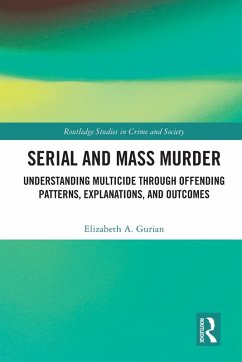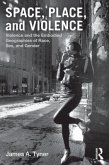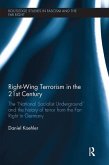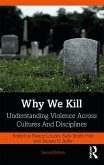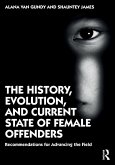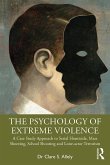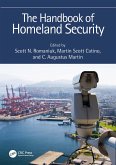This book reframes the study of multicide (that is, serial and mass murder) to use objective measures, and aims to expand our understanding of multicide offending through descriptive and inferential statistical analyses of different homicide patterns of the offenders. Criminal homicide and multiple murders are rare occurrences that typically account for a very small percentage of all violent crimes in most countries. Despite this low occurrence, homicide continues to be an area of intense study, with a focus on subjective measures and classifications. The research and analysis based on a database of over 1,300 cases contributes to the criminological study of violence and draws distinctions between the types of offenders (partnered and solo, serial and mass, male and female, etc.) from a range of different countries and across decades.
Traditionally, studies of homicide focus on male offenders and theories of offending are then applied to females and co-offenders. The research presented in this book reveals that women and partnered offenders have very different homicide patterns from men. Looking at the history of multicide offending, this book uses descriptive and inferential statistical analyses to directly compare differences in offending and outcome patterns across multicide offender types.
This exploration of the multidimensionality of homicide at an international level is useful for scholars and students interested in criminal justice, criminology, psychology, sociology, or law.
Traditionally, studies of homicide focus on male offenders and theories of offending are then applied to females and co-offenders. The research presented in this book reveals that women and partnered offenders have very different homicide patterns from men. Looking at the history of multicide offending, this book uses descriptive and inferential statistical analyses to directly compare differences in offending and outcome patterns across multicide offender types.
This exploration of the multidimensionality of homicide at an international level is useful for scholars and students interested in criminal justice, criminology, psychology, sociology, or law.
As anyone who's spent much time reading about serial killers, mass murderers, or homicide in general knows, the existing research tends to focus on solo male offenders who look an awful lot like Ted Bundy. Elizabeth Gurian's work fills a huge gap in the field by bringing women, minorities, partnered offenders, and international ones into the dialogue. While there may always be something about violent crime that remains unknowable, Gurian's knack for examining a multitude of multicide offenders (and her refreshing rejection of stale typologies like "Black Widow") makes this book a great gift to anyone who's longed for a more holistic, comprehensive examination of these almost folkloric figures.
-Tori Telfer, Author of Lady Killers: Deadly Women Throughout History
...[P]recisely because it explores the multidimensionality of murder, Serial and Mass Murder offers detailed and above all differentiated insights into a still not fully understood phenomenon by its pluralistic and abstract dissection. Although nominally addressed at 'scholars and students interested in criminal justice, criminology, psychology, or law' as the publisher indicates and perhaps challenging for readers outside of these disciplines, this book about multicide could nonetheless also be recommended to an audience consisting of the more ambitious enthusiasts of true crime as well as literary and cultural scholars interested in the (mis)representation of said crimes. The latter scholars will find a refreshing perspective differing from the seductive tendency to create definitive but reductive typologies in their own fields, while creative writers might find inspiration to deviate from perpetual stereotypes.
-Moritz Maier, Crime Fiction Studies 3.1 (2022): 75-77
-Tori Telfer, Author of Lady Killers: Deadly Women Throughout History
...[P]recisely because it explores the multidimensionality of murder, Serial and Mass Murder offers detailed and above all differentiated insights into a still not fully understood phenomenon by its pluralistic and abstract dissection. Although nominally addressed at 'scholars and students interested in criminal justice, criminology, psychology, or law' as the publisher indicates and perhaps challenging for readers outside of these disciplines, this book about multicide could nonetheless also be recommended to an audience consisting of the more ambitious enthusiasts of true crime as well as literary and cultural scholars interested in the (mis)representation of said crimes. The latter scholars will find a refreshing perspective differing from the seductive tendency to create definitive but reductive typologies in their own fields, while creative writers might find inspiration to deviate from perpetual stereotypes.
-Moritz Maier, Crime Fiction Studies 3.1 (2022): 75-77

